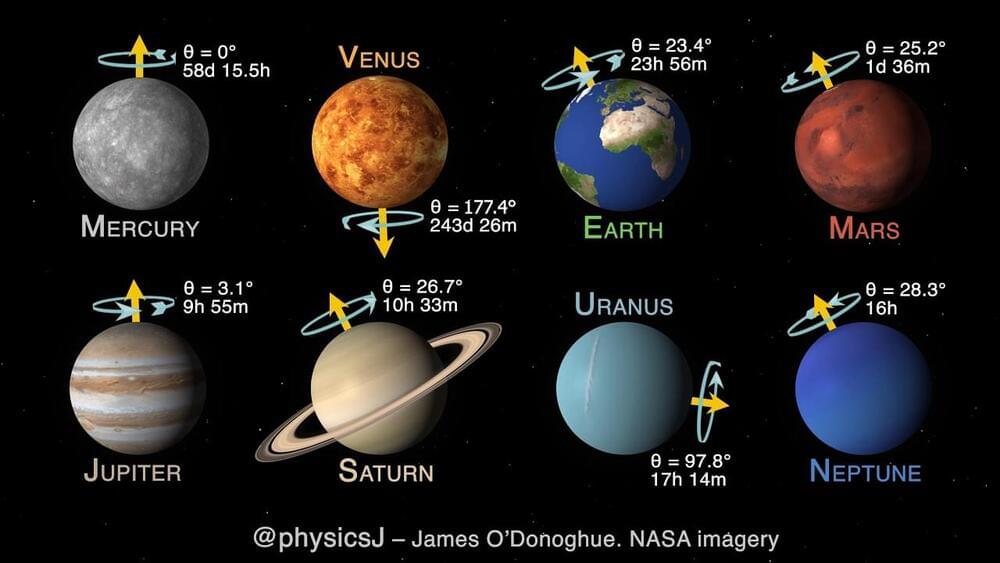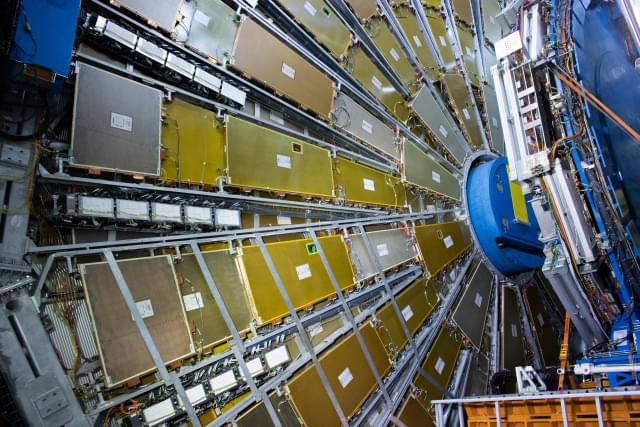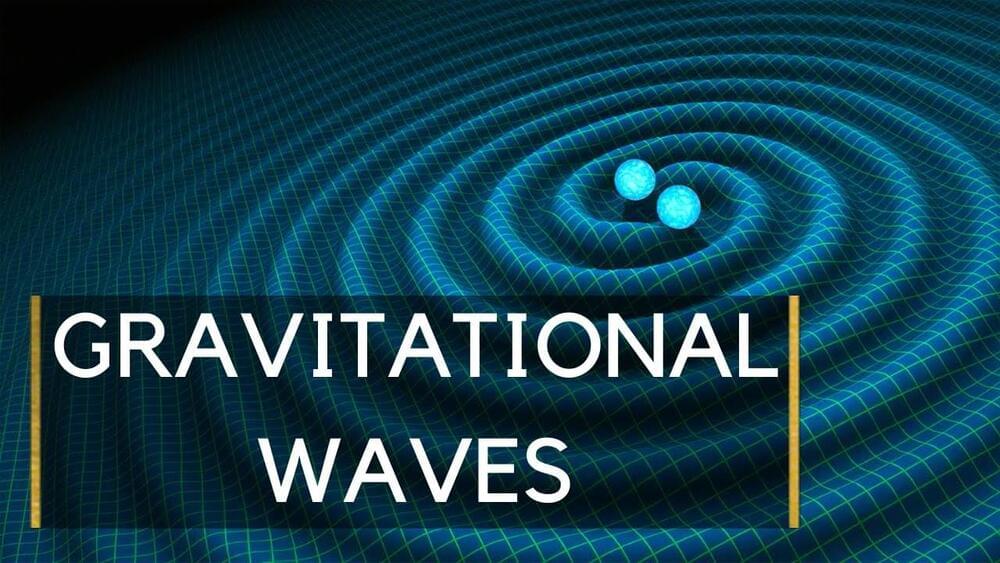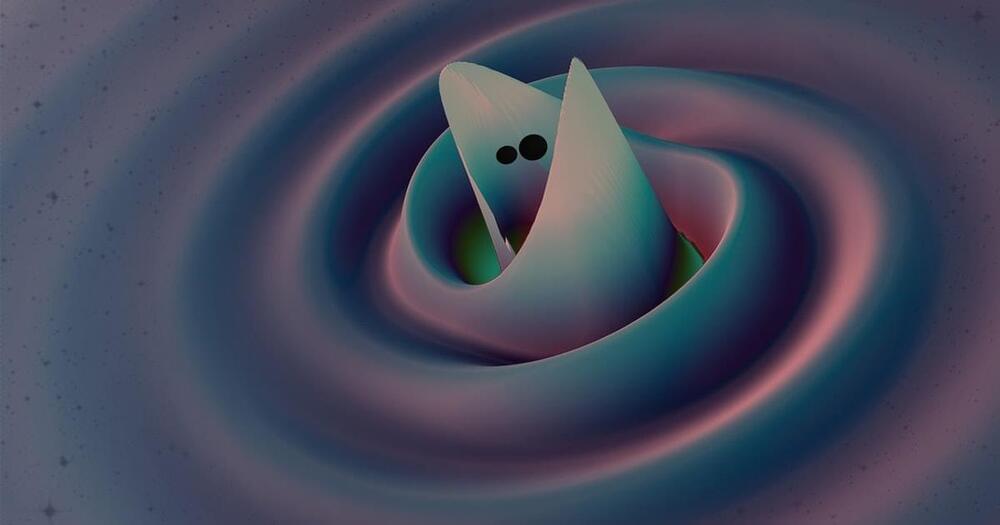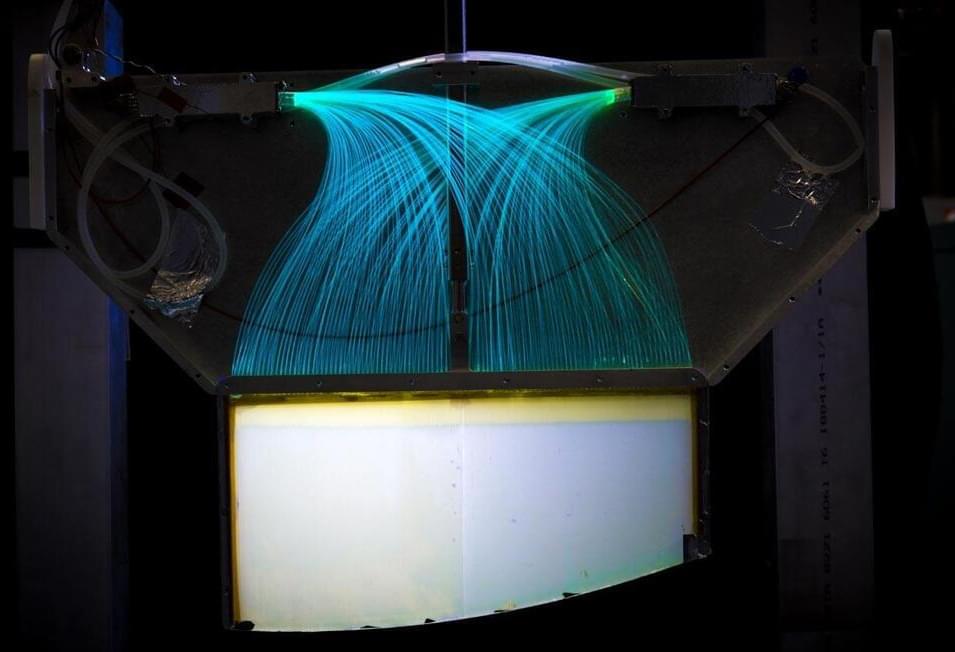
Is Planetary Defense PI in the Sky?
In February of 2,013 skywatchers around the world turned their attention toward asteroid 2012 DA14, a cosmic rock about 150 feet (50 meters) in diameter that was going to fly closer to Earth than the spacecraft that bring us satellite TV.
Little did they realize as they prepared for the once-in-several-decades event that another bit of celestial debris was hurtling toward Earth, with a more direct heading. On February 15 2013, the Chelyabinsk meteor, a roughly 62-foot (19 meter)-diameter asteroid exploded over the city of Chelyabinsk, Russia, as it entered Earth’s atmosphere at a shallow angle. The blast shattered windows and damaged buildings, and nearly two thousand people were hurt, though thankfully no one died.
